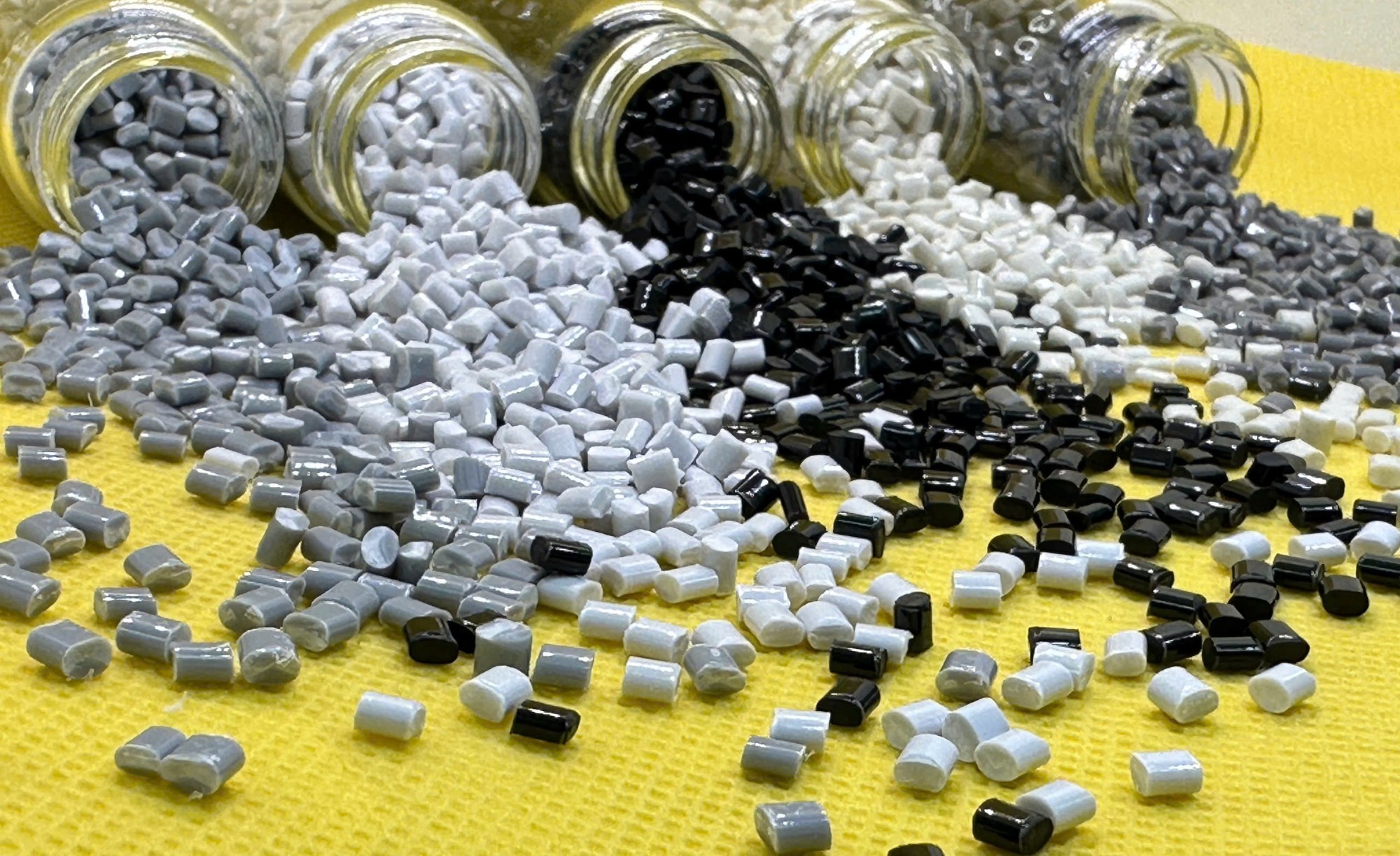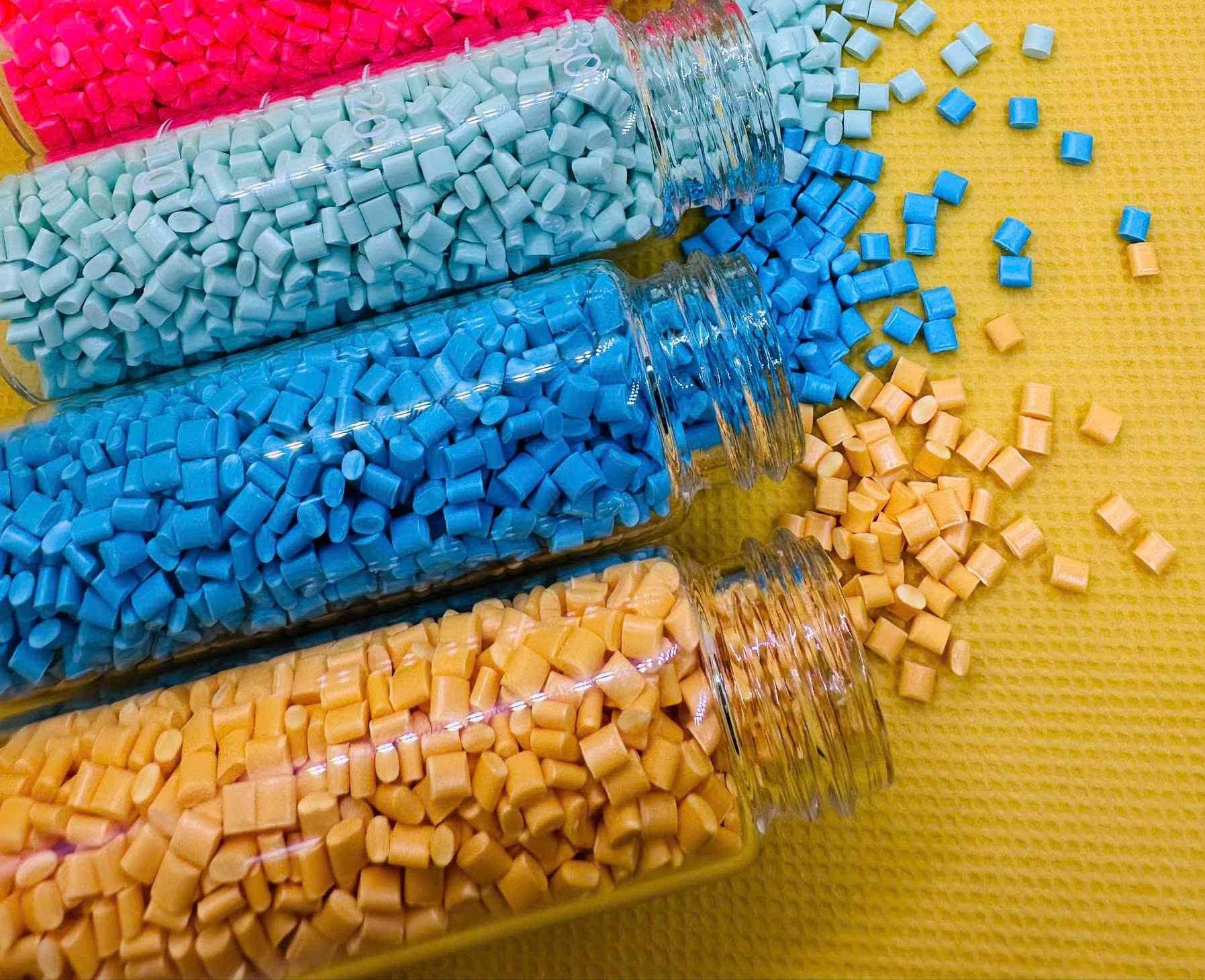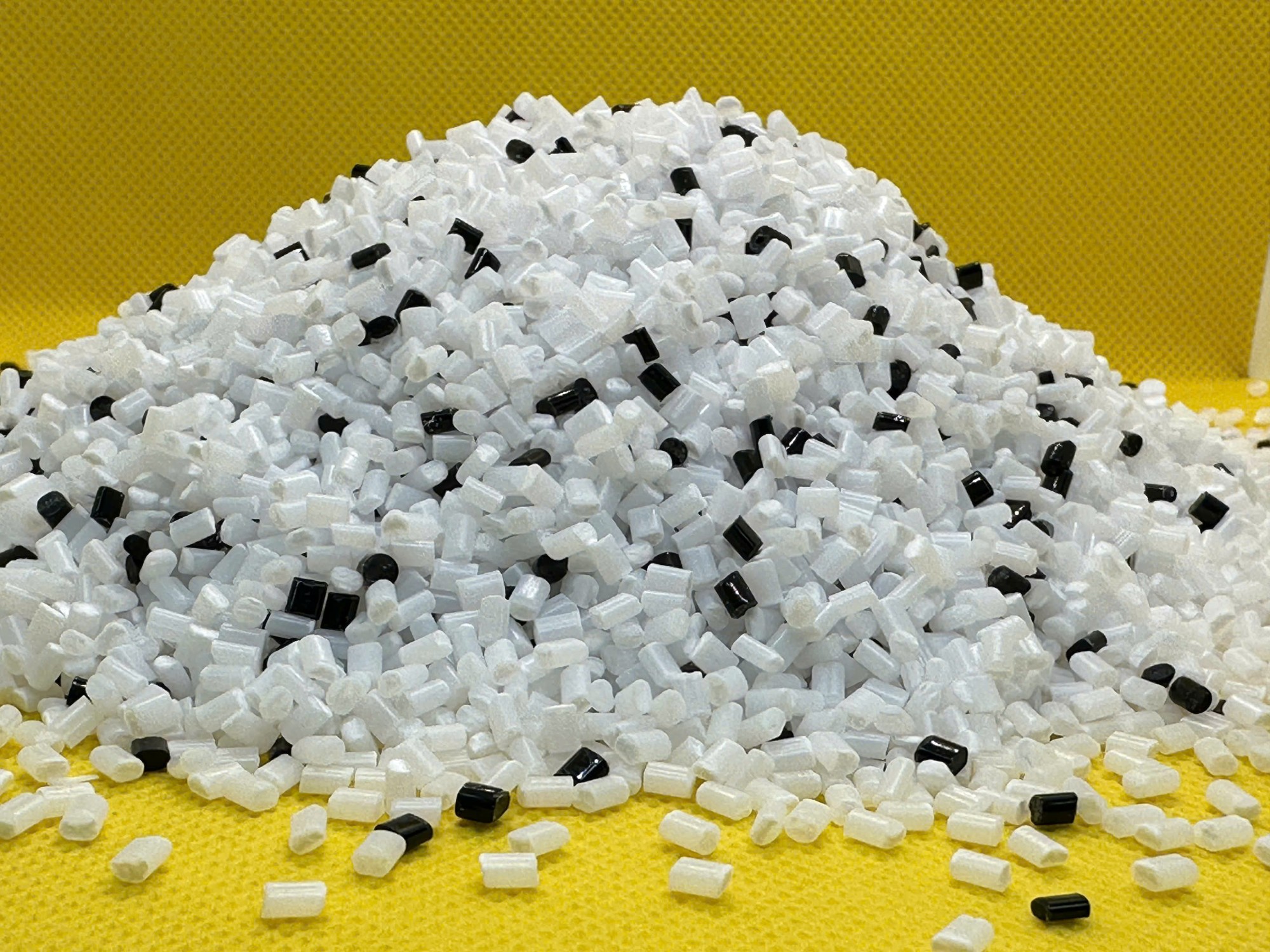
Compounding Resin
Typical examples of such products include: PC/ABS, PC/PS, PBT/ABS, PA/ABS.
-
CodeIK-003
-
BrandIK
-
Manufacturing locationSik Vietnam
-
StatusIn stock
Detailed information
Compounding resin is a complex blending process of various types of plastics in specific ratios to create a new material that inherits superior physical properties from the individual resins. Typical examples of such products include: PC/ABS, PC/PS, PBT/ABS, PA/ABS.
Plastics that are reinforced with strengthening agents such as glass fiber, mica, or talc are also classified by us as compounding resins. During the compounding process, additives are introduced for various purposes, including flame retardancy, weather resistance, anti-aging, or antibacterial properties. The physical properties of the compounded resin after mixing differ entirely from those of the base resin. Colorants are also added during compounding to achieve the required colors based on customer specifications.
Some representative products include:
PC/GF, PC/ABS/GF, PC/ABS/GF/FR, PBT/GF, PBT/GF/FR, PBT/ABS/GF, ABS/GF, ABS/GF/FR, PP/TALC, and others.
And other products upon customer request.







